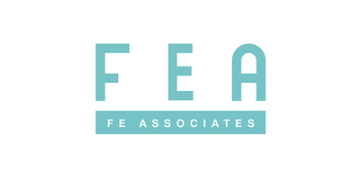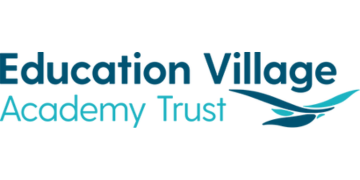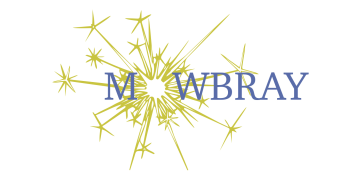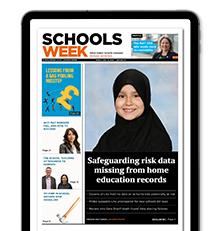I was twelve years old on a school minibus to Bath for our Year 8 hockey tour when I learned what it really meant to keep part of myself hidden. I still do, and I’m convinced that unseen conditions like mine are the reason many leave our profession.
Newly diagnosed with type 1 diabetes, I pushed a needle into my stomach as the bus jolted along, praying no one saw. I was scared of the injections, but even more afraid of what they might mean. I could not risk being seen as less capable, and I was not about to lose my place as hockey captain.
That instinct to keep going quietly so nobody spotted weakness has shaped the way I lead ever since.
Over the years I have worked diabetes into the background of my life. Glucose in blazer pockets. Changing pump sets under the desk while chairing a meeting. Muting alarms in trustee discussions. Presenting while silently counting carbs and insulin units in my head.
I rarely hesitated to share it with pupils because they accepted it instantly and often asked thoughtful questions. But with adults it always felt riskier, as though honesty might quietly mark me down.
That tension between what you carry and what you choose to reveal is at the heart of leadership.
For me it has been diabetes. For others it might be caring responsibilities, bereavement, mental health, financial pressures or long-term conditions that remain unseen. All of us carry quiet stuff, and all of us learn how to lead while carrying it.
Yet when we talk about equality, diversity and inclusion in education, this side of the picture is often missing. It is easier to focus on representation you can see than the barriers you cannot.
Real leadership is not about looking invincible
But inclusion also means recognising the challenges staff are carrying that you will never spot on a spreadsheet. When leaders overlook this, unconscious bias creeps in.
I have heard it enough times: “They are the strongest candidate, but will they need too much time off?”
Nobody intends harm. It comes from pressure, urgency, tight budgets, the fear that flexibility is too costly. Yet this is how bias slips in. It rarely sounds hostile. It sounds like risk assessment.
Multiply that across schools and trusts and it is not only individual careers that are held back, but leadership pipelines, staff retention and the diversity of thought our system badly needs.
Some colleagues leave not because they cannot cope, but because they never feel safe enough to be honest. Others stay silent until burnout makes the decision for them. Either way, schools lose more than capacity; they lose perspective, empathy and balance.
Some of the most effective leaders I have known are those who quietly manage complex realities. They notice what others miss. They build trust because they know what it feels like to hide. They create safe spaces, not from training but from lived experience.
If we don’t take this side of inclusion seriously, we risk losing those qualities at the very moment schools need them most.
So what would leadership look like if we truly included the unseen?
Ask, do not avoid
Pretending it is too risky or awkward to discuss hidden conditions only fuels stigma. Leaders should ask, listen and learn.
Value honesty, not silence
For much of my career, I kept quiet. Now I know honesty is what builds trust. Cultures that reward silence miss the chance to grow stronger.
See strength in challenge
Hidden conditions do not make people weaker. They often make them more resilient, more attuned, more empathetic. These are qualities every school needs.
Create conditions, not allowances
Inclusion is not about lowering the bar. It is about building systems so staff do not have to waste energy pretending.
If we frame inclusion only in terms of what can be measured or easily seen, we miss a whole layer of reality.
Real leadership is not about looking invincible. It is about recognising the weight people carry, creating cultures where they do not have to hide it, and seeing the quiet adjustments colleagues make not as weakness, but as strength.











Your thoughts